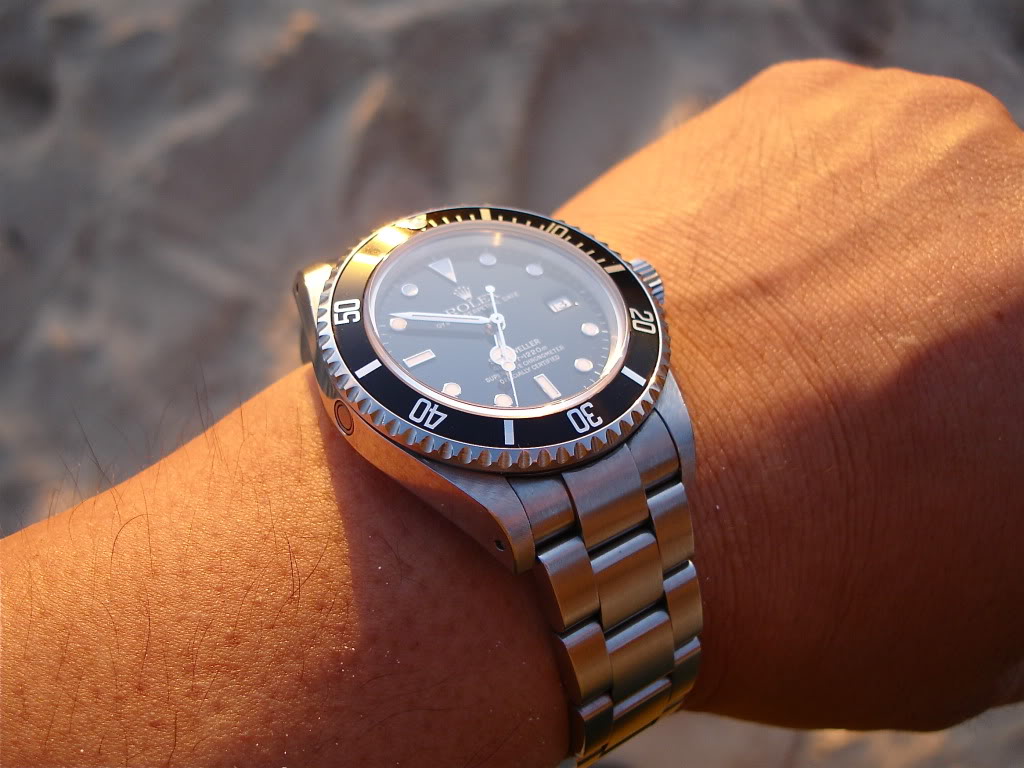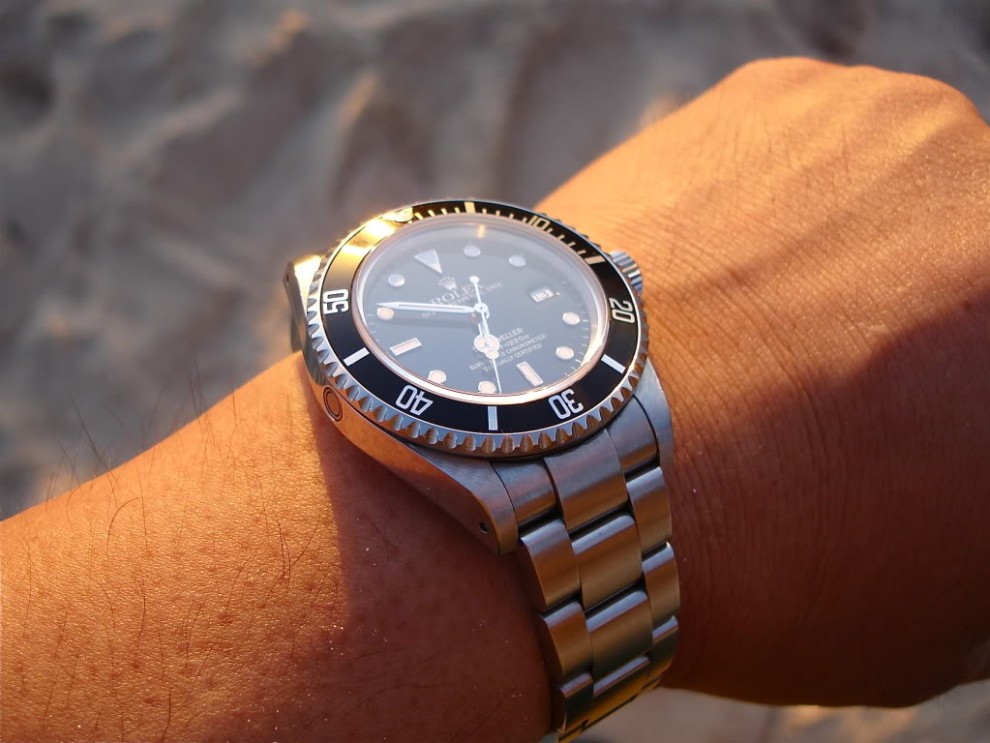Watches are a thing of beauty. Originally designed out of necessity, they have recently become items of art or investment. This is due to the rise of electronic devices, but doesn’t mean that a watch still can be practical as well as pleasant to look at. To be practical, however, it must be in good working order, so when your Rolex breaks, it must go through a certified Rolex watch repair process before it can return to proper operation. Failure to undergo an accredited Rolex watch repair could result in it breaking again in the future, something that no one wants to have to endure.

So what happens during a rolex watch repair, and why does it cost so much and take so long? If we have a look at the overall process, the answer to these questions should be obvious.
Rolex Watch Repair – First Things First
As mentioned, a Rolex watch service is a complex and intricate business. Like all things, however, it starts with one small, simple step.
Open the case.
Once the case has been opened, the rotor can be removed, followed by the movement. The hands are taken off and the dial and date disc removed. The mainspring gets unwound; this is the point the movement goes into the cleaner. The rest of the case is then dismantled, with the bezel and crystal being removed.
The technician will most likely change into a new lab coat at this point. This is to prevent contamination of delicate parts by fine particulate matter – such as dust or sand – working its way in. With proper, clean equipment in place, the technician can begin the refinishing of the case and bracelet.
Buffing – A Rolex Watch Repair Requirement
The first part to get buffed is the case with a hard wheel and a certain compound. The case is cleaned in the ultrasonic cleaner – a device which immerses parts in a cleaning liquid then sends vibrations through the liquid to remove dirt and grime – and then buffing continues with a softer wheel. The bezel, case back, and bracelet will all be high polished, if possible. There is then one last change of polishing wheel to a softer wheel and another compound to give the high quality finished required from a Rolex watch repair. Rolex watches are known for their finish, so this is an important point.
All of these Rolex watch repair parts then go into the cleaner and the clasp is brush polished with a hard wheel, followed by a softer brush wheel. The polished areas of the bracelet are taped off so that the remaining areas can be brush polished. After this, the side of the bracelet and clasp go through a high polish. All the parts are steam cleaned and put in a dryer. Once the case is dry, the final polish brush polish is applied to the lugs and case back using a special filing technique.
Now Comes The Movement
By this time, the movement will have finished the pre-cleaning process, and can now be checked and disassembled. The date parts come first, followed by the automated mechanism. The end-shake is checked on all wheels. All the screws are taken out and placed into small cleaning baskets. The rotor axle will be checked and, if necessary, replaced.
A crucial part of any Rolex watch service is the checking of the end shake before the shock absorbent jewels are removed. The screws holding the bridge in place are carefully removed, allowed the balance wheel to also be removed and put aside.
Onto the pallet fork. Again, the end shake is checked, and the screws are removed to allow the bridge to come off and the pallet fork to be removed. This is the point where the freedom of the chain can be checked by a slight winding of the mainspring. All the gears’ end shakes are checked and the screws that hold the train bridge are taken out to allow the various different wheels to be removed. Every wheel is checked meticulously for worn pivots. Any that are found to be not up to standard are replaced.
Any time and end shake is found to be unsatisfactory, the shock jewels are moved up or down to counteract the error. The wheel is then reassembled and rechecked. The screws on the ratchet wheel and bridge are remove to allowed the removal of the barrel with the mainspring.
The rest of the Rolex watch service can now be undertaken, including taking apart the winding mechanism. The balance is placed back onto the main plate to prevent the hairspring from getting tangled up whilst being cleaned. The disassembled movement goes into the cleaner once more to receive its full Rolex watch repair clean. While this is underway, the case will be assembled with the crystal and bezel.
Once the movement is clean, the watch repairer undertaking the full Rolex watch service will put on some finger cots – covers for fingers to prevent the transferral of grime and dirt – and start to enter the reversing wheels, pallet fork, and escape wheel into a special liquid lubricant. Grease is applied to the inside of the barrel wall and a new mainspring is fitted. The barrel is then closed up, with the end shake of the arbor checked to make sure it is free.
Reassembling A Rolex After A Rolex Watch Repair
The Rolex watch repair then continues with the reversing wheels, escape wheel, and pallet fork being taken out of the special lubricant before being dried with hot air. The balance back can then be taken off the main plate and the reassembling of the watch can begin.
Particular care needs to be taken here. Every watch has a number of different lubricants – with the total number depending on the watch itself. Each lube has a specific role in making the Rolex run in as perfect a manner as possible. If, during the Rolex watch repair, the wrong lubricant is applied in the wrong location, or in the wrong amount, the amplitude and timing of the Rolex watch will not be as it should.
Once the Rolex has been reassembled, a timer (or metronome) is used to check the beat, amplitude, and time. Each part of the Rolex watch is adjusted as needed, with the watch timed in 6 different positions. After this comes the assembling of the dial and hands, with the movement being placed back in the case. This is when the final timing at full and half wind takes place, with any final adjustments being made. If there is one, the automatic mechanism is assembled and the freedom of the rotor checked.
Once all the timing is up to standard, the case is closed with new gaskets and put through a dry pressure test. Once this has been undertaking, a wet test takes place to make sure the watch does not leak. The bracelet can then be reattached, the time set equal to the local timing clock (atomic or otherwise). It is stored overnight in the safes before the time is checked again the next day, nothing the amount of seconds is it plus or minus. It will be placed on a winder for a day, rechecked, then placed in the safe dial up for one last check.

